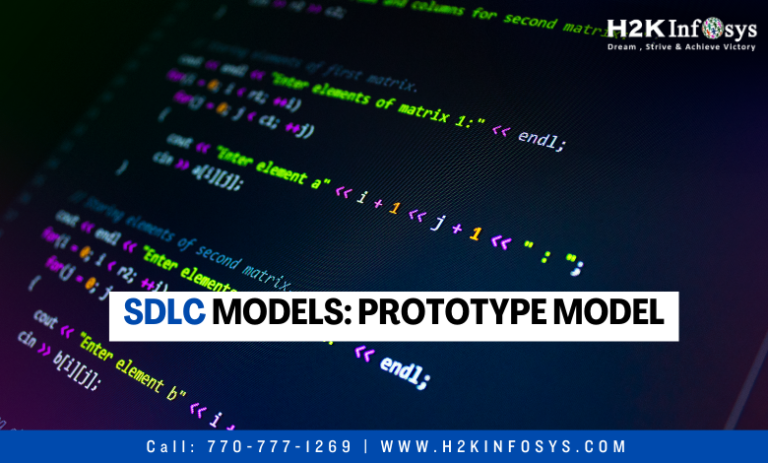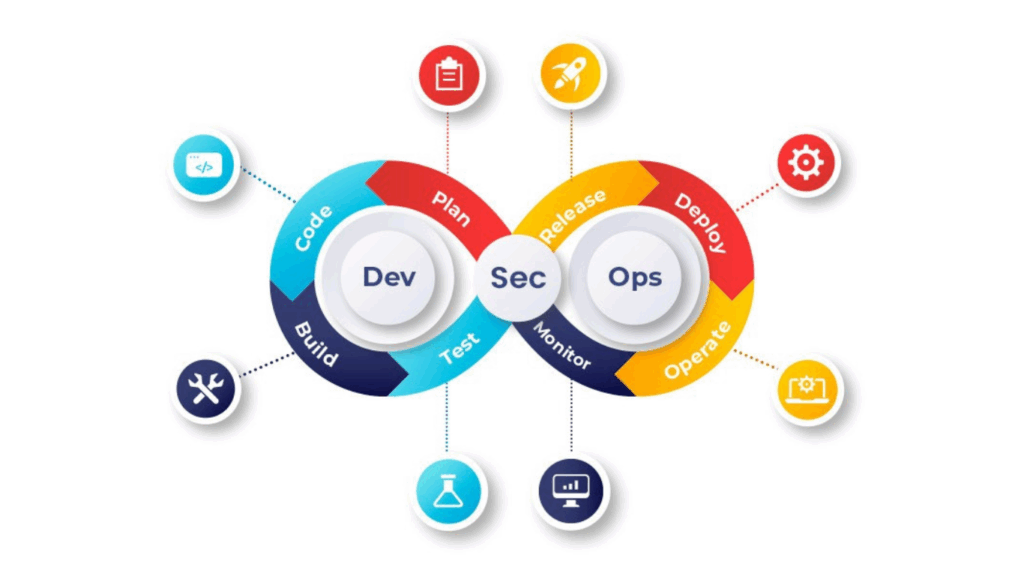Prototyping is named because the process of developing a working replication of product or system which has got to be engineered. It always offers an small scale facsimile of the top product and is employed for getting customer feedback like
This prototype model is popular used software development life cycle models. In this model the customer wont know the precise project requirement. A prototype of the top product is developed, tested and also refined as per the customer feedback repeatedly until and unless final acceptable prototype is achieved which forms the idea for developing the ultimate product.
Here the system is partially implemented during the analysis phase so by giving the purchasers a chance to ascertain the product early within the lifecycle. This process starts by querying the purchasers and developing the unfinished high level paper model. This document is employed to create the initial prototype with a support for less than functionality of the customer. When the customer determine the problems the prototype is refined to eliminate them. The method goes on until the user approves the prototype and ensures the working model satisfactory.
There are four types of model, they are
1.Rapid Throwaway prototyping
This method is useful for exploring ideas and also getting the customer feedback for each of them. Here a developed prototype not necessarily be a part of the ultimately accepted prototype. Customer feedback helps in preventing unnecessary design faults and thus the ultimate prototype developed is for higher quality.
2.Evolutionary prototype
Here the prototype developed initially is incrementally refined on the basis of customer feedback till finally gets accepted. By comparing with the Rapid throwaway prototyping, it offers a good approach which saves time as well as time as well effort. It is used as developing a prototype from scratch as all iteration of the process that will be be very frustrating for the developers.
3.Incremental prototyping
In this method the final expected product is broken into different small pieces which are properly developed, therefore the different prototypes are collectively merged into single final product in their predefined order. It is very efficient approach which will reduce the complexity of the development process, where we have a goal is divided into sub parts and each subpart is developed individually.Here the time interval between the project starts final delivery which is reduced because all parts of the system are prototyped and simultaneously tested.
There is a possibility that the pieces just will not fit together during the lack in development phases and this will be fixed by careful and complete plotting of the entire system before prototyping starts.
4.Extreme prototyping
This method is employed for web development. It consists of three sequential independence phases:
- In this phase basic prototype with all the existing static pages are presented in the HTML format.
- In this phase, functional screens which are made to simulate data process using a prototype services layer.
- In this final phase where the entire services are implemented and also associated with the final step.
In the extreme prototyping technique which makes a project cycling and delivery robust and fast and keeps the entire developer team to specialise in the products deliveries instead of discovering the possible needs and also specifications and also adding the features that are not necessary.
5. Agile model – This is a practice that promotes continues interaction of development and testing during the SDLC process of any project. In agile methodology the whole project is divided into small incremental builds. All of these builds are provided in iterations and each iteration lasts from one to three weeks. Any agile software phase is characterised is a process that addresses many key assumptions about the bulk of software projects.
1. This is difficult to think in advance which software requirements that remain and will also change as the project proceeds.
2. For many types of software,design and developments are interleaved. As both activities that should be performed in tandem so the design models are proven as they are created. It will be difficult to think about how much design is necessary before construction used to test the configuration.
Questions:
1. What is SDLC?
2. Explain Prototype model?






























3 Responses